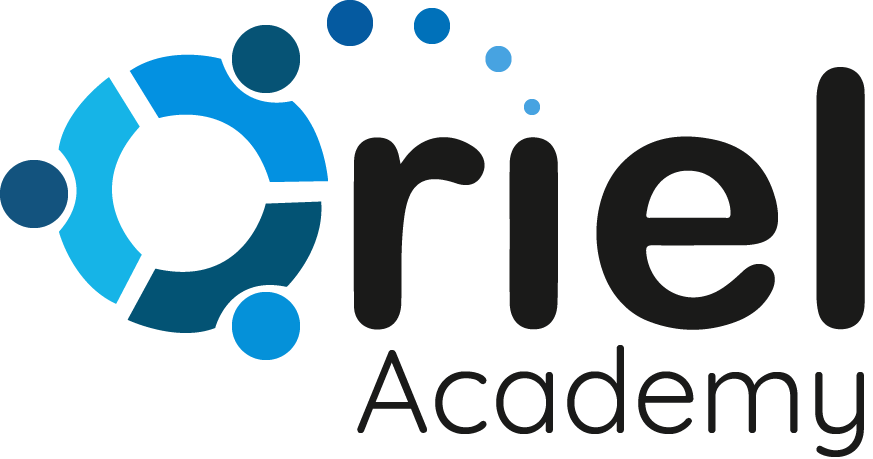In healthcare, outcomes matter. But achieving better results isn’t just about more advanced treatments or high-tech equipment. It’s also about the relationships we build with patients—and that’s exactly where Patient Relationship Management (PRM) makes a difference.
PRM is more than a tool; it’s a strategy that helps providers foster trust, improve communication, and keep patients engaged. When done right, it leads to healthier individuals, happier care teams, and stronger communities.
Let’s explore how PRM plays a key role in improving healthcare outcomes across the hospital and patient relationship.
What is PRM, Really?
Patient Relationship Management refers to a set of systems, technologies, and strategies designed to build and nurture long-term relationships with patients. It focuses on delivering consistent, personalized communication and care at every stage of the patient journey.
Whether it’s sending a gentle appointment reminder, sharing test results through a secure portal, or following up after treatment—PRM keeps the lines of communication open. And when patients feel supported, they’re more likely to participate actively in their own health.
Why PRM Matters for Health Outcomes
Good relationships aren’t just nice to have—they can truly transform patient outcomes. Here’s how:
1. Boosts Patient Engagement
One of the biggest challenges in healthcare is ensuring patients stay involved in their care. A PRM system helps bridge that gap.
Patients receive timely updates, educational content, follow-up care instructions, and wellness reminders. This kind of ongoing interaction encourages them to stay informed and proactive, whether it’s managing a chronic condition or sticking to a medication routine.
Engaged patients are proven to have fewer hospital readmissions, better recovery rates, and overall improved health metrics.
2. Improves Appointment Adherence
Missed appointments disrupt care plans and delay treatment. PRM tools help reduce no-shows by sending automated reminders, simplifying rescheduling, and offering real-time communication channels.
By making it easier for patients to manage their schedules, providers can ensure more consistent care delivery, which directly impacts outcomes.
3. Facilitates Early Intervention
With tools that track patient feedback, behavior, and follow-up data, PRM systems help providers identify red flags early on.
For instance, if a patient reports increased symptoms through a portal or misses follow-up visits, staff can step in quickly. This allows for timely interventions—often before a condition worsens.
4. Enhances Communication & Trust
Trust is the foundation of any successful healthcare relationship. PRM helps build it through clear, consistent, and compassionate communication.
When patients know what to expect and feel heard, they are more likely to be honest about their concerns, stick with their care team, and follow medical advice—all key factors in achieving better results.
5. Enables Personalized Care
No two patients can be exactly alike. With PRM, hospitals can tailor treatment plans, communication, reminders, and medicines according to an individual’s preferences, health history, and lifestyle factors.
This personalization ensures patients receive the right message at the right time, leading to greater relevance and stronger engagement—and ultimately, better health outcomes.
6. Empowers Preventive Care
PRM isn’t just for managing illness; it’s also a powerful tool for promoting wellness. Patients can receive wellness content, vaccination reminders, check-up alerts, and lifestyle tips that help them stay healthy long-term.
This shift toward preventive care reduces the need for emergency interventions and improves quality of life.
Real Impact, Real Stories
Let’s say an elderly patient receives a personalized message reminding her of an upcoming diabetes check-up, along with tips on managing her diet. After her visit, she logs into a secure portal to review test results and gets follow-up instructions from her doctor.
Because of this seamless support and easy access to care, she catches early warning signs of complications—before they turn into something serious.
That’s the power of PRM in action.
Putting People First
When healthcare focuses only on symptoms and systems, outcomes suffer. But when it centers around the patient experience, everyone wins.
Patient Relationship Management transforms care by putting people first. It’s not about adding more tasks to your team’s plate—it’s about creating meaningful connections that lead to lasting health improvements.
If your goal is to improve healthcare outcomes, start with relationships. Start with PRM.
Looking to integrate PRM into your healthcare practice or hospital system? Let’s talk about how to tailor it to your needs and your patients.
Get in touch with us today at Oriel Academy.





